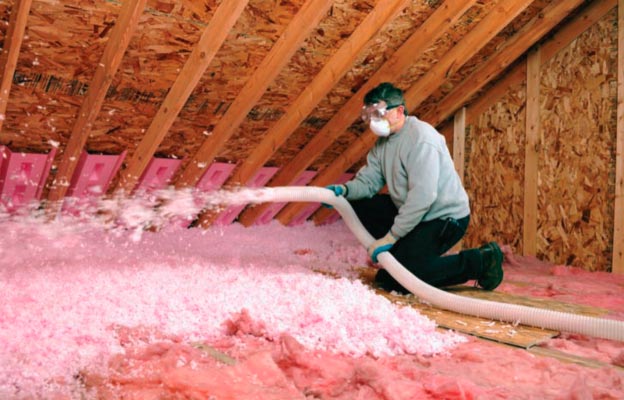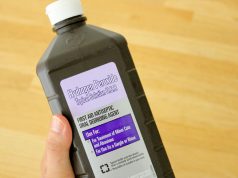Fiberglass insulation has been the minimum code insulation material for decades in the United States and Canada. This type of insulation material has been so dominant over other insulation types because of its ease of application and its affordable price tag. However, fiberglass insulation is not an insulator. Confused? You should be and the science behind fiberglass insulation is confusing as well.
Fiberglass insulation is composed of woven glass fibers that are made into large blankets approximately one inch thick. These blankets are layered into different thicknesses to make up the thickness needed to produce batt insulation of different R-values. Blow in fiberglass is simply woven and chopped into small pieces, then compressed in a cube and packaged. The insulation is designed to be fluffy and take up as much of a framing cavity as possible. Fiberglass insulation is also designed to be encapsulated, which means covered on all sides. Keep this in mind as we progress.
Fiberglass insulation is still the most common insulation material for new homes today. Why? The main reason is simply because it is cheaper than anything else and has been approved to be used as an insulation material. The other reason is that studies and comparisons between fiberglass and other insulation materials are often conducted by fiberglass companies who falsify press reports and create false studies about insulation products like cellulose and Rockwool. This material is easily available to builders and homeowners while other products tend to have less available press, making it hard to educate people about them.


















